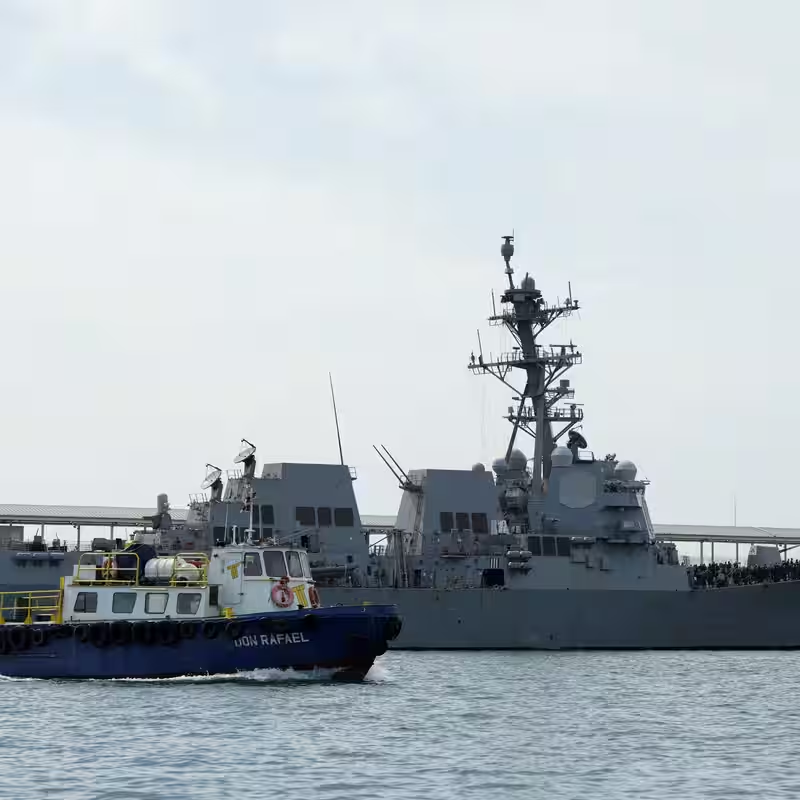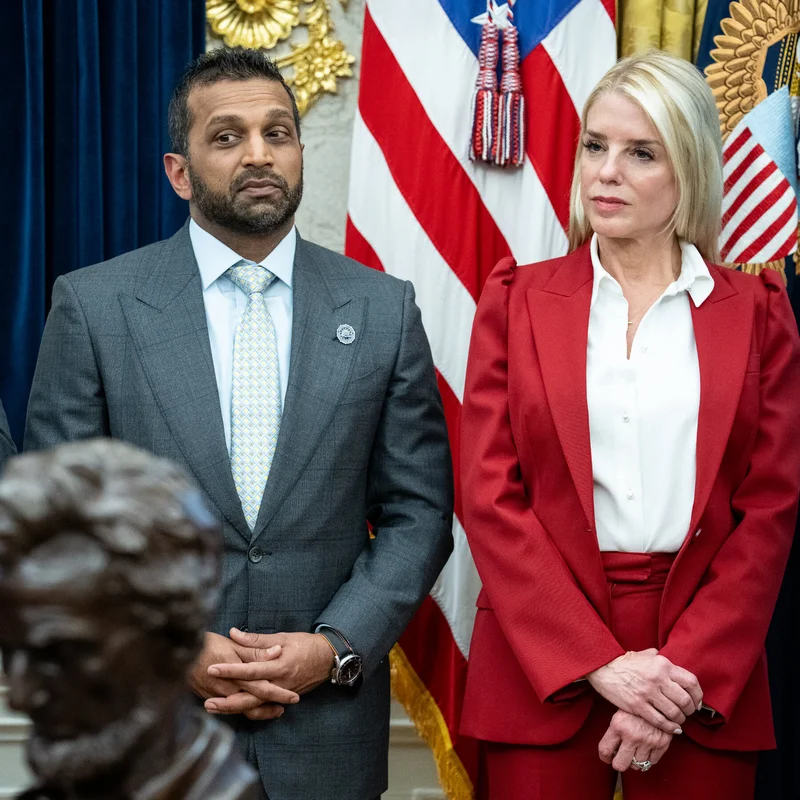Table of Contents
- The Intelligence Behind U.S. Boat Strikes
- How Reliable Is Intercepted Communication?
- U.S. Intelligence Capabilities in Latin America
- What’s Missing From the Picture?
- Sources
The Intelligence Behind U.S. Boat Strikes
In recent weeks, the Trump administration has intensified military strikes on suspected drug-smuggling boats in the Caribbean and Pacific. But how exactly does the U.S. decide which vessels to target? According to officials, the answer lies in intercepted communications—a form of signals intelligence that has become the backbone of these operations.
President Trump has repeatedly claimed the U.S. possesses “incredible intelligence” proving the boats carried drugs like cocaine and fentanyl. “We know what time they were leaving, when they were leaving, what they had,” he said last month, adding that after strikes, “big bags of cocaine… [were] all over the place.”
However, experts caution that not all intercepted chatter is what it seems—and the lack of public evidence has raised serious questions about transparency and accuracy.
How Reliable Is Intercepted Communication?
Signals intelligence—often called SIGINT—can include mobile phone data, radio transmissions, or encrypted messages. It’s powerful, but not infallible.
Drug traffickers rarely say outright, “We’re shipping 500 kilos of cocaine.” Instead, they use coded language that can be misinterpreted. As former intelligence officials point out, context is everything.
History offers a cautionary tale: in 2003, then–Secretary of State Colin Powell cited intercepted Iraqi military conversations as proof of weapons of mass destruction. The intelligence turned out to be catastrophically wrong.
“The best intelligence comes from combining SIGINT with other sources—satellite imagery, human informants, financial tracking,” said one former CIA analyst who spoke on background.
U.S. Intelligence Capabilities in Latin America
Counternarcotics intelligence in Latin America isn’t new. Under both Trump and Biden administrations, the CIA and military have ramped up surveillance of cartels and trafficking routes.
While the CIA historically led such efforts, current boat strike operations are reportedly driven by military intelligence—particularly the National Security Agency (NSA), which oversees government-wide signals collection.
Satellite imagery and drone footage supplement intercepted calls and texts, helping analysts track vessel movements from departure points in Venezuela or Colombia toward transit zones near Trinidad or Central America.
Still, gaps remain. U.S. officials admit they have limited insight into groups like Tren de Aragua, a violent Venezuelan prison gang now operating across borders. Despite Trump’s claim that the gang is “controlled by the Venezuelan government,” independent analysts dispute that assertion.
What’s Missing From the Picture?
Perhaps the most troubling omission: the U.S. hasn’t disclosed who else was on the targeted boats.
Some vessels appeared overcrowded—raising the possibility they carried migrants alongside drugs. Colombia’s President Gustavo Petro condemned a mid-September strike that killed a local fisherman, calling it “murder.” U.S. officials later confirmed Colombians were aboard at least one targeted boat, contradicting the narrative that only Venezuelan traffickers were involved.
Unlike counterterrorism operations—where the U.S. typically assesses civilian presence before striking—these maritime raids lack public accountability. Nearly 40 people have died in the strikes, yet no detailed after-action reports have been released.
Without transparency, even legitimate anti-drug efforts risk eroding trust among regional allies and human rights advocates.
Sources
The New York Times: “How Does the U.S. Decide Which Boats to Target? Here’s What We Know.”




